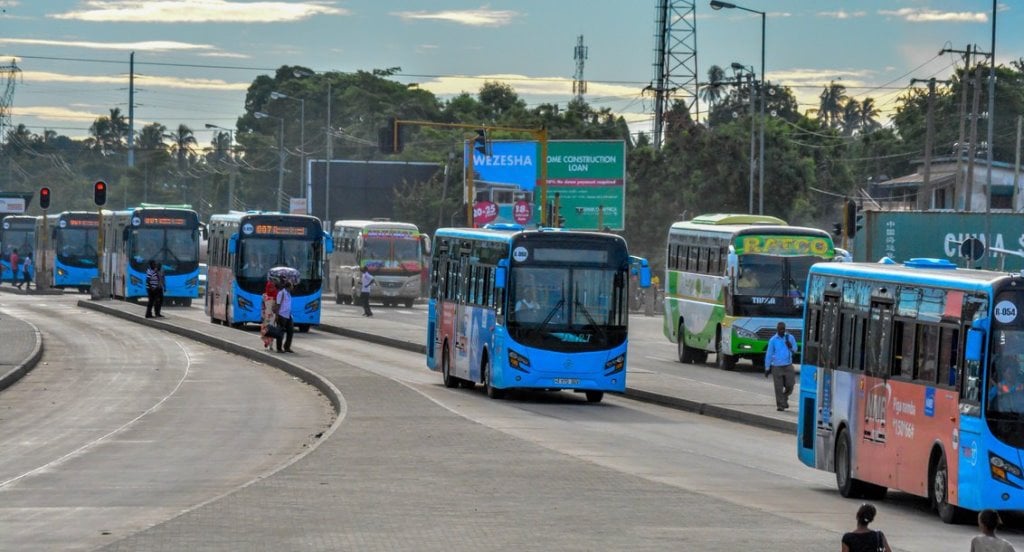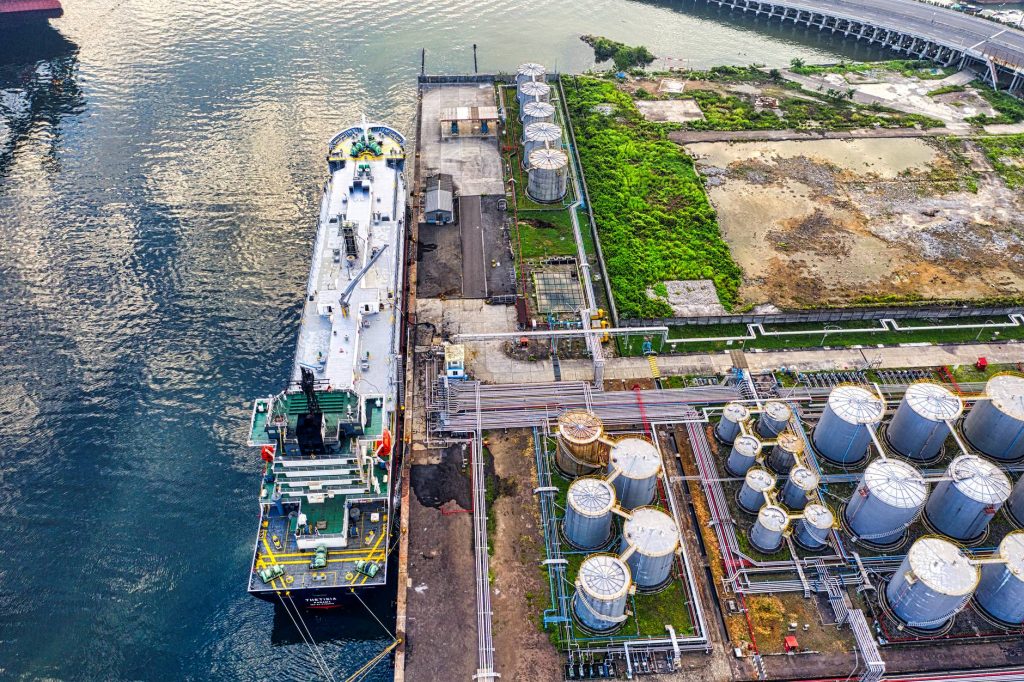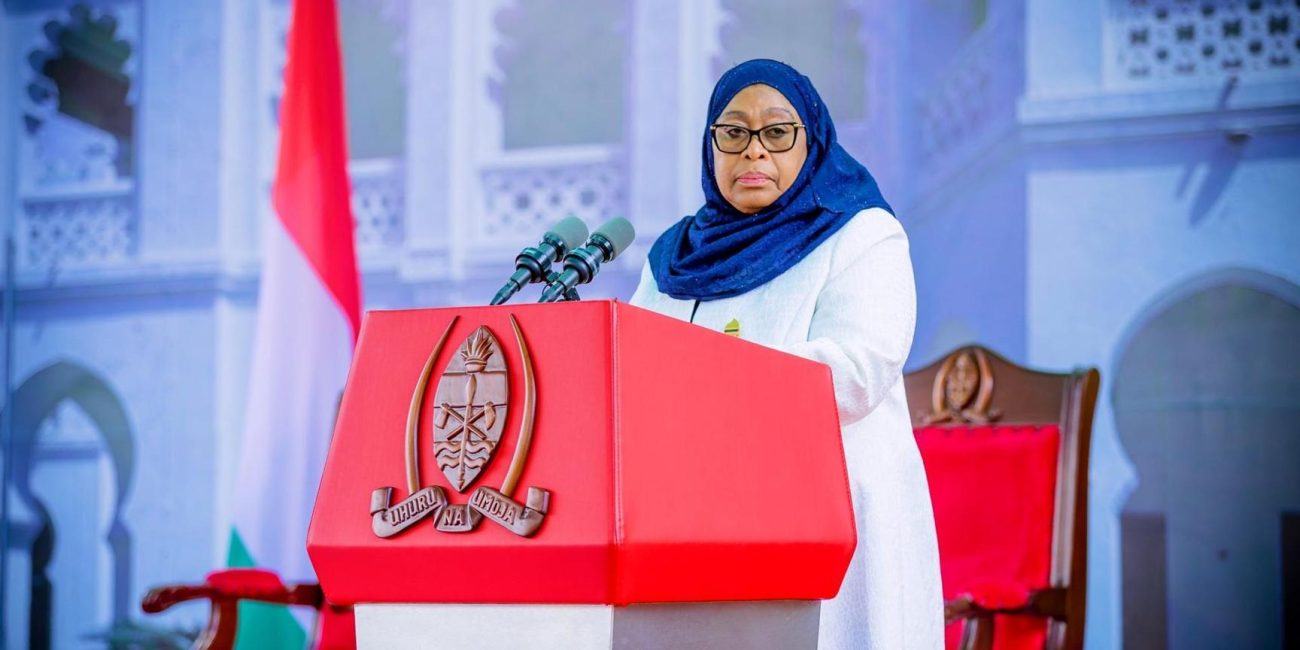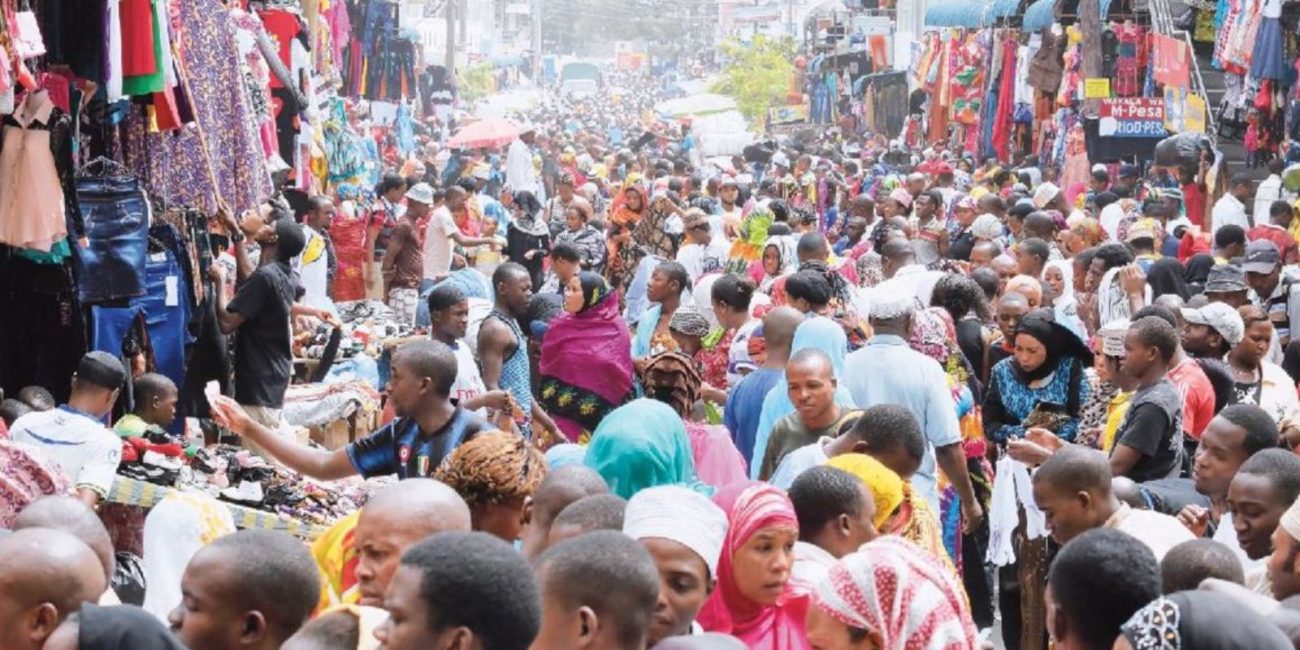The President of the United Republic of Tanzania, H.E. Samia Suluhu Hassan, appointed Waziri Kindamba as the new Director General (DG) for UDA Rapid Transit (UDART) on 9 March 2024. He replaced Mr. Gilliard Ngewe, who has led the project for just a few months. Since its inauguration, UDART has operated several daily buses carrying approximately 165,000 Dar es Salaam passengers.
UDART peaked and shined as the pride of Dar es Salaam, serving the local community by providing a safe, reliable, and affordable transport mechanism in the city. However, the frequent interchanging of the DGs at UDART sets an eagle on the future survival of the project.
Contemporary Challenges Facing UDART Operation
The significant challenges facing UDART have contributed to transportation difficulties in the city. A prevailing shortage and limited capacity of buses lead to longer waiting times than average, especially during peak hours (early morning and evening), causing frustration, poor time management, quarrels and conflicts among station commuters and management. The ongoing shortage of buses is occurring due to the destruction of many of the buses.
Otherwise, there is fleet insufficiency, suggesting that the current number of buses is inadequate for the growing population. This causes overcrowding and safety concerns in the buses. The situation is dangerous to passengers’ health, especially during the abruption of contagious disease.
The project also faces managerial issues such as inefficiency, poor bus maintenance and failure to address passengers’ concerns. In a range of one year, three director generals have led the project, and challenges have increased over time. Genuinely, it is difficult for the reshuffling management to bear fruits within a short time in office. Mostly, the DG is removed when planning is completed and the implementation is ready.
Also, UDART is not well integrated with other modes of transport in the city, particularly the popular minibuses referred to as Daladala. UDART is overlooked as a main competitor by Daladala operators, thus widening the gap of poor cooperation. The differences in fair charges and other costs make the project antagonistic to the Daladala, discouraging passengers from using UDART.
There is a delay in expanding the project to other parts of the city. The plan for extending the UDART channels is compulsory since the Dar es Salaam population is increasing yearly, and the city is extending to areas considered peri-urban. The plans aim to serve more areas and a greater population; however, approval issues limit UDART’s ability to modify the city’s transportation network.
Last but yet least, the unfavourable geographical position of the main terminal of rapid buses that pack after work is unsuitable for such a huge project. The rapid buses pack at Jangwani, a place determined to be a natural catchment and a prominent flood-prone area. The terminal is next to the Msimbazi River, draining its water in Jangwani. During the heavy rain season, the place becomes overflooded, resulting in the entrance of water into the car packing, which is dangerous to the functional systems of the buses.
What Should be Done?
The excerpts suggest that UDART is struggling to keep up with the growing demand for public transportation in Dar es Salaam. Besides measures adopted, policymakers should consider the following recommendations to address the challenges facing UDART in Dar es Salaam:
Firstly, fleet expansion to increase the number of buses on UDART routes, making the network more efficient, will avoid long waiting hours and overcrowding. After expanding the fleet, the UDART routes should be optimized using real-time data and flexibility to better serve areas with high demand during specific times.
Data analysts should be available to quickly analyze the data and solve the demands in real time to increase frequency on busy routes and extend transport service to areas with high numbers of passengers. This works together with an improved ticketing system, which is faster and more efficient. For example, using cards at the Magufuli Bust terminal and Kigamboni Ferry services reduces boarding times and passenger queues.
Secondly, to solve management concerns, transparency and accountability should be implemented in UDART’s operations, and management should be held accountable for performance. Performance monitoring should be done regularly to monitor key metrics like ridership, wait times, and passenger satisfaction and identify areas for improvement. To enhance visibility, security cameras and improved lighting at the stations and in buses will simplify monitoring.
Thirdly, collaboration with the minibuses (Daladala) is where UDART can explore existing partnerships with existing Daladala operators. This could involve the establishment of feeder routes connecting the neighbourhoods to UDART stations to improve connectivity. The government should invest in infrastructure such as dedicated bus lanes, improved signage, and well-maintained stations to make transfers between UDART and other modes of transport easier.
Additionally, public-private partnerships should be considered to finance and manage UDART expansion. Private companies should be welcomed to invest in the project in infrastructure development and import new buses to transport more commuters.
Finally, an in-depth Environmental Audit (EA) should be done regarding the main terminal of the UDART buses at Jangwani, and new environmentally friendly parking should be chosen as a temporary solution when measures are taken to either modify the main station by building a flying structure or find another place where the buses will no longer be destroyed by stagnant water.
Conclusively, for less than a decade, UDART’s welfare has continuously dropped below its standards regarding operations, management, service provided and lack of rehabilitation of damaged infrastructure. By implementing these solutions, UDART can overcome its current challenges, improve its efficiency and become a more sustainable and attractive public transportation option for Dar es Salaam residents.




